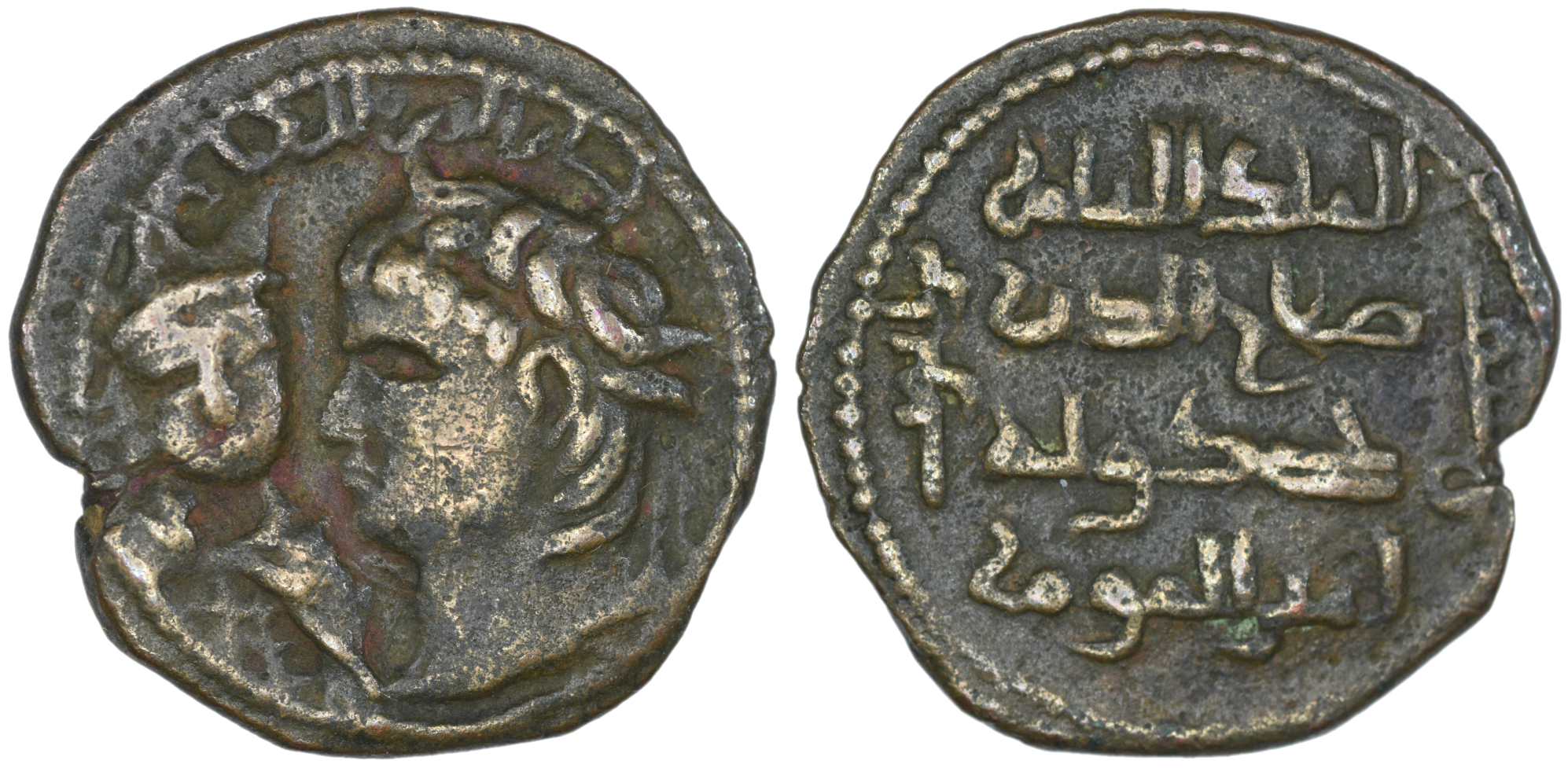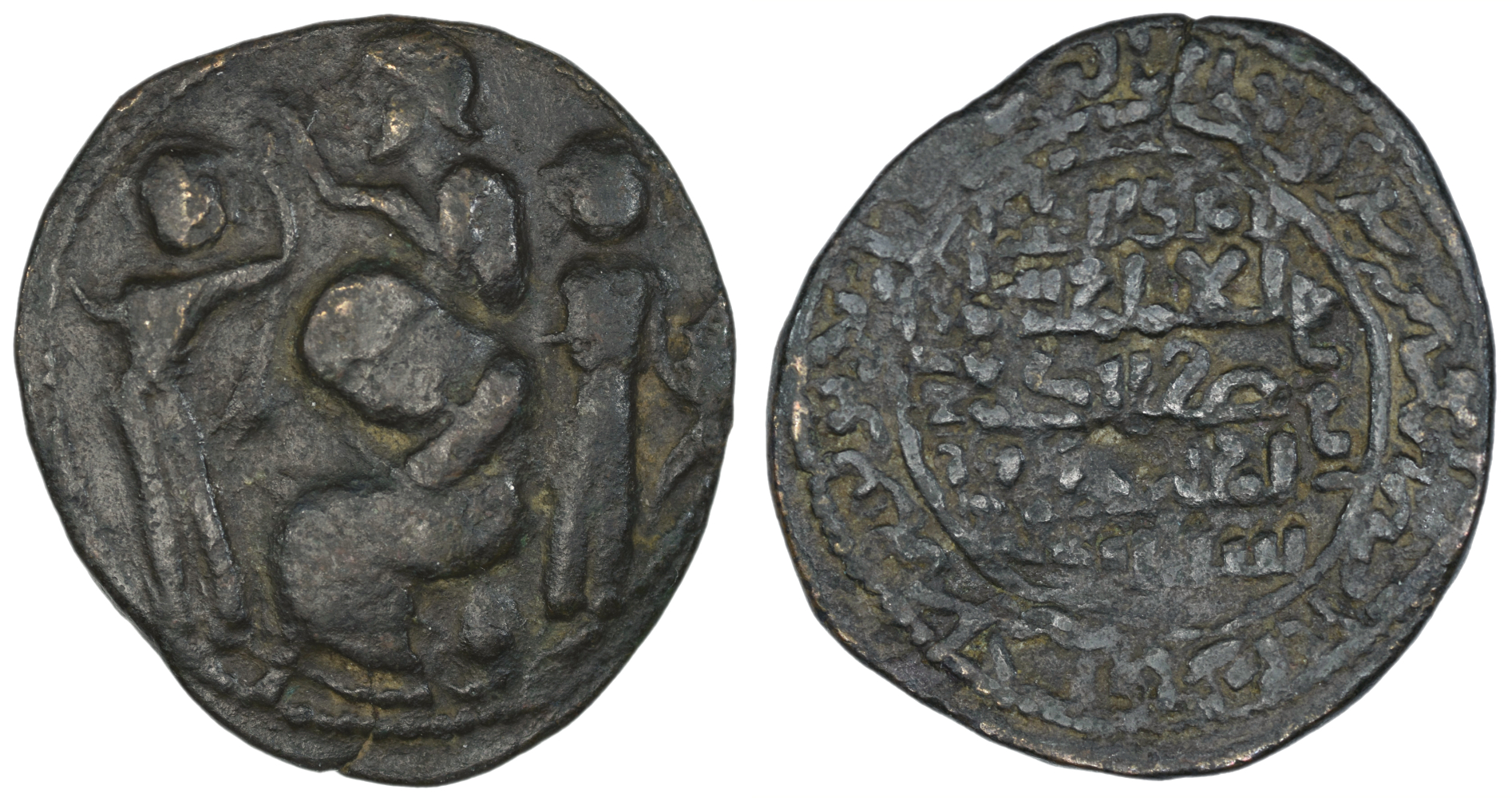Mardin is a city and in southeastern Turkey. It is known for the Artuqid architecture of its old city, and for its strategic location on a rocky hill near the Tigris River that rises steeply over the flat plains.
In the Roman period, the city itself was known as Marida (Merida), from a Syriac/Assyrian Neo-Aramaic language name translating to "fortress". Between c.150 BC and 250 AD (apart from a brief Roman intervention it was part of the Neo-Assyrian kingdom of Osroene.
In the late 3rd century AD Shapur II conquered Mardin and Osroene into the Sassanid Empire (224-651 AD) after which the region became part of the province of Assuristan.
Byzantine Izala fell to the Seljuks in the 11th century. During the Artuqid period, many of Mardin's historic buildings were constructed, including several mosques, palaces, madrassas and khans. Mardin served as the capital of one of the two Artuqid branches during the 11th and 12th centuries. The lands of the Artukid dynasty fell to the Mongol invasion sometime between 1235 and 1243, but the Artuqids continued to govern as vassals of the Mongol Empire.
In the Roman period, the city itself was known as Marida (Merida), from a Syriac/Assyrian Neo-Aramaic language name translating to "fortress". Between c.150 BC and 250 AD (apart from a brief Roman intervention it was part of the Neo-Assyrian kingdom of Osroene.
In the late 3rd century AD Shapur II conquered Mardin and Osroene into the Sassanid Empire (224-651 AD) after which the region became part of the province of Assuristan.
Byzantine Izala fell to the Seljuks in the 11th century. During the Artuqid period, many of Mardin's historic buildings were constructed, including several mosques, palaces, madrassas and khans. Mardin served as the capital of one of the two Artuqid branches during the 11th and 12th centuries. The lands of the Artukid dynasty fell to the Mongol invasion sometime between 1235 and 1243, but the Artuqids continued to govern as vassals of the Mongol Empire.
Modern location: Mardin
(1)
Husam al-Din Yuluq Arslan

Obverse: Small draped bust, wearing Sasanian-style crown, facing slightly right, and large diademed Roman-style male head left; name and title of Husam al-Din above
Reverse: Four line legend citing Saladin as overlord
Diameter:
-
Die Orientation: -
Weight: 14.17 g
Die Orientation: -
Weight: 14.17 g
Artuqid dynasty
Whelan type II, 52-53; Spengler & Sayles type 34; Album 1829.2.
(2)
Husam al-Din Yuluq Arslan

Obverse: Lamentation scene depicting three standing figures around central female figure seated left, head lowered
Reverse: Islamic legend in five lines within circular border
Diameter:
-
Die Orientation: -
Weight: 12.8 g
Die Orientation: -
Weight: 12.8 g
'Death of Saladin'
Sayles has argued persuasively that the scene represents an astrological event whose consequences would have been corroborated by the death of Saladin in 589 AH (1193 AD)
Album 1829.3
